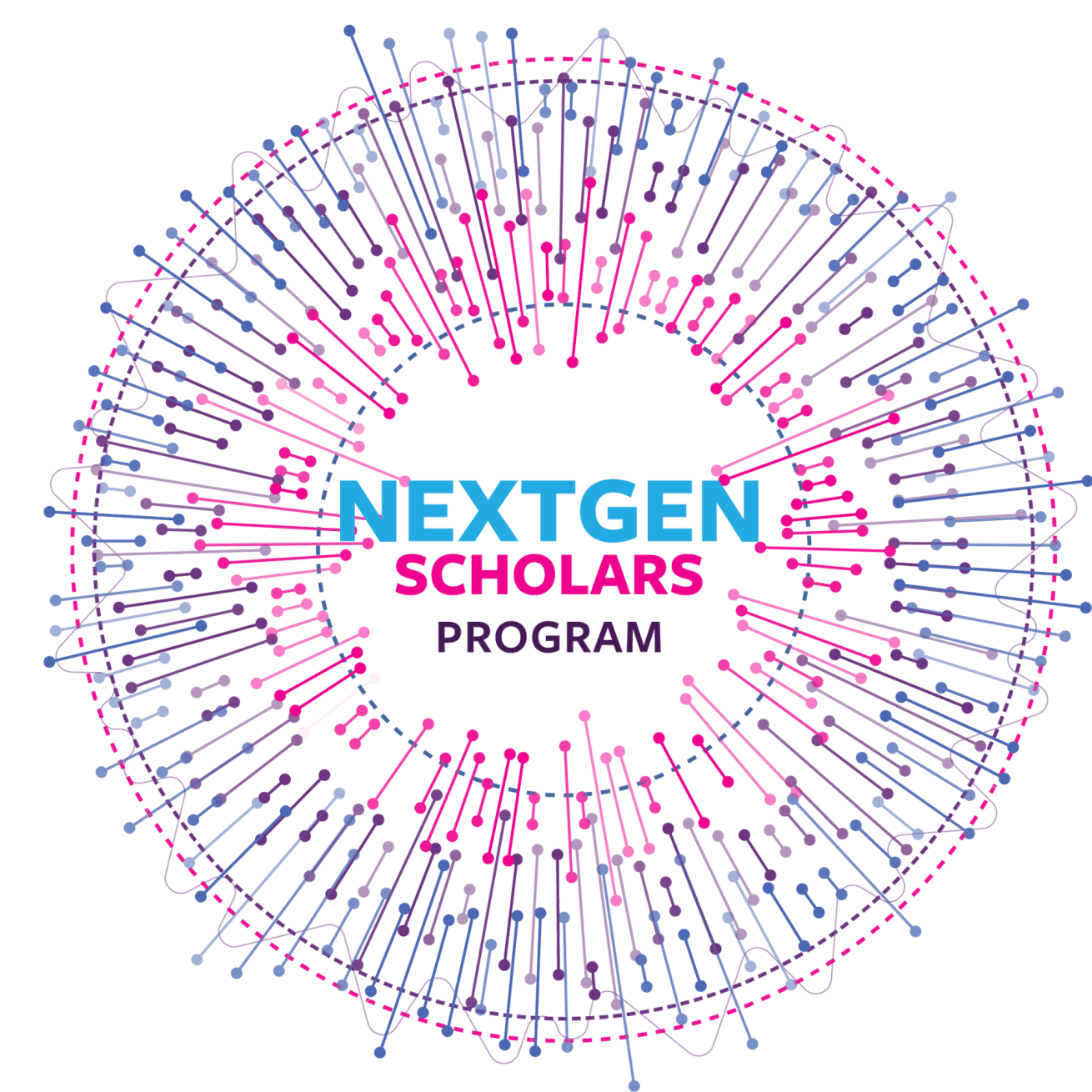Our NextGen Scholars Program provides financial and academic support to select outstanding students to pursue a Master of Science degree in biostatistics at Brown University. Graduates of the Sc.M. in Biostatistics program are well prepared for professional careers in biostatistics and data science, and many have gone on to obtain a Ph.D. The NextGen Scholars Program is only for residential Master's students who will attend this program in person.
The long-term goal of the NextGen Scholars Program is to shape the next generation of professionals in our field.

